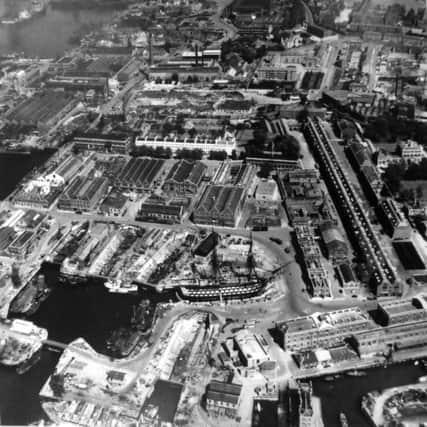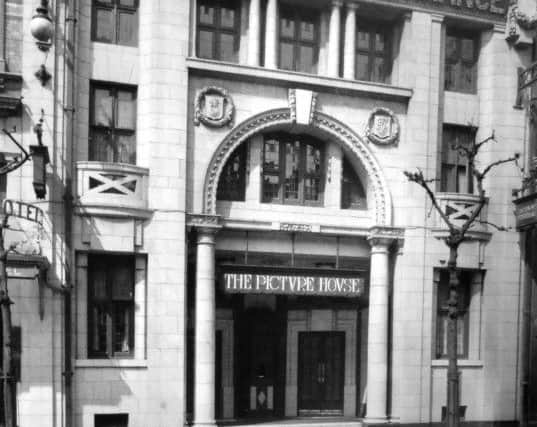Nation's archive raided for a glimpse into Portsmouth's recent past


Next to Victory’s stern is a large area of water once known as the Great Basin.
Built in the 1690s, its purpose was to allow warships to be equipped more conveniently than was possible in the open waters of the harbour, which is where Nelson’s flagship had been until the early 1920s.
Advertisement
Hide AdAdvertisement
Hide AdThis photograph, and you are only seeing part of it, gives some idea of the extent of the ’yard and the fascinating, differing styles of architecture within it. I’m sure it will ignite memories of the ’yard’s good old days for many of you.


The picture, along with all the others here today, comes from a new book, Historic England: Portsmouth by Philip Macdougall, a former teacher at Portsmouth College.
It’s an illustrated history which is notable for the superb quality of its pictures taken from the unique Historic England archive containing 12 million photographs, drawings and publications.
It’s published by Amberley and is selling for £14.99.